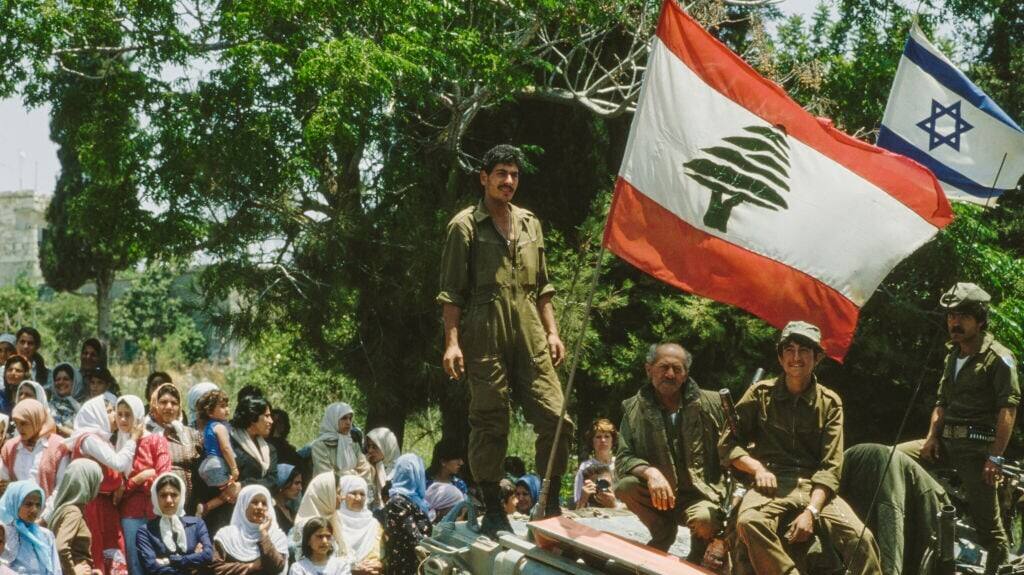
Explained: The roots of Israel-Hezbollah wars from 1982 to 2024
What's the story
The conflict between Israel and Lebanon's Shiite Muslim group, Hezbollah, is steeped in a long and complicated history. Hezbollah, known as the "Party of God," emerged following Israel's 1982 invasion of Lebanon, particularly in the eastern Bekaa region, with guidance from Iran's Revolutionary Guards Corps. In 1985, Hezbollah came to the forefront by establishing its military branch, the Islamic Resistance in Lebanon, which became the leading force in the struggle against Israel.
Power shift
Hezbollah's emergence and leadership transition
Hezbollah carried out suicide car bombings and human wave assaults in the south targeting Israeli forces and their ally, the South Lebanon Army (SLA), which is primarily composed of Christian militias. In 1992, after the death of Hezbollah secretary-general Sheikh Abbas al-Musawi in an Israeli strike, Hassan Nasrallah stepped in as the leader at just 32 years old.
Escalating conflict
Nasrallah's rise and Israel's military operations
Nasrallah's leadership faced a serious challenge in 1993 when Israel launched "Operation Accountability," a large-scale incursion. To recall, Hezbollah was the only group that didn't disarm after Lebanon's 15-year civil war wrapped up in 1990. Then, in 1996, Israel fired up "Operation Grapes of Wrath" to take down Hezbollah's military strength and halt the rocket attacks into northern Israel. This operation caused a lot of civilian casualties and forced many people to flee, sparking international cries for a ceasefire.
Strategic retreat
Israel's withdrawal and the 2006 war
In May 2000, Israel's army withdrew from Lebanon after a long occupation that cost the lives of 1,000 soldiers. This was largely due to Nasrallah's strategic pressure on the Israeli population through Hezbollah forces. However, peace didn't last long as tensions flared again in 2006, when Hezbollah captured two Israeli soldiers on the Israel-Lebanon border, leading to a war that resulted in heavy casualties on both sides.
Ongoing strife
Recent conflicts and Nasrallah's death
When hostilities erupted between Israel and Hamas following attacks by Palestinian militants in the Gaza Strip on October 7—Iran-backed Hezbollah forces in southern Lebanon launched fire into Israel to show their support for Hamas. After nearly a year of cross-border fire exchanges—Israel significantly escalated its air strikes against Hezbollah in Lebanon on September 23, 2024. These airstrikes reportedly took out most of Hezbollah's senior leadership, including Nasrallah who was killed in an airstrike on the group's stronghold in southern Beirut.